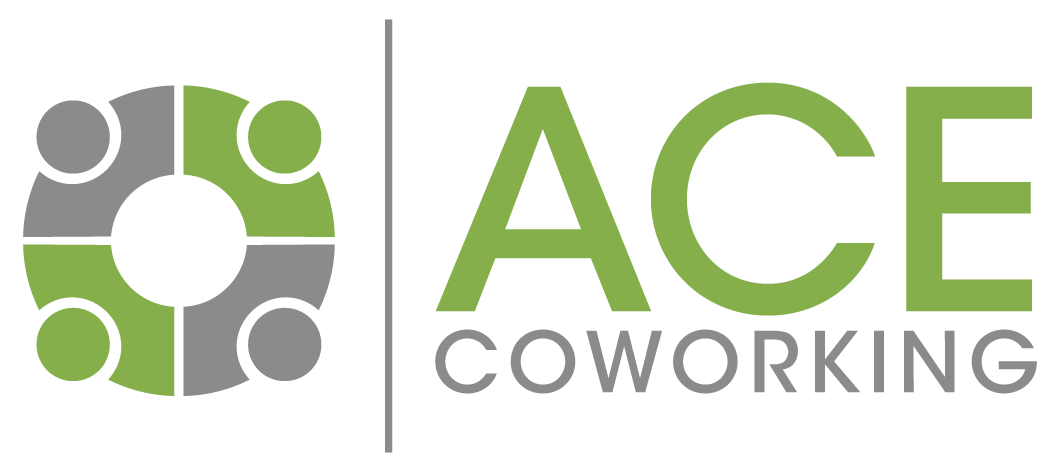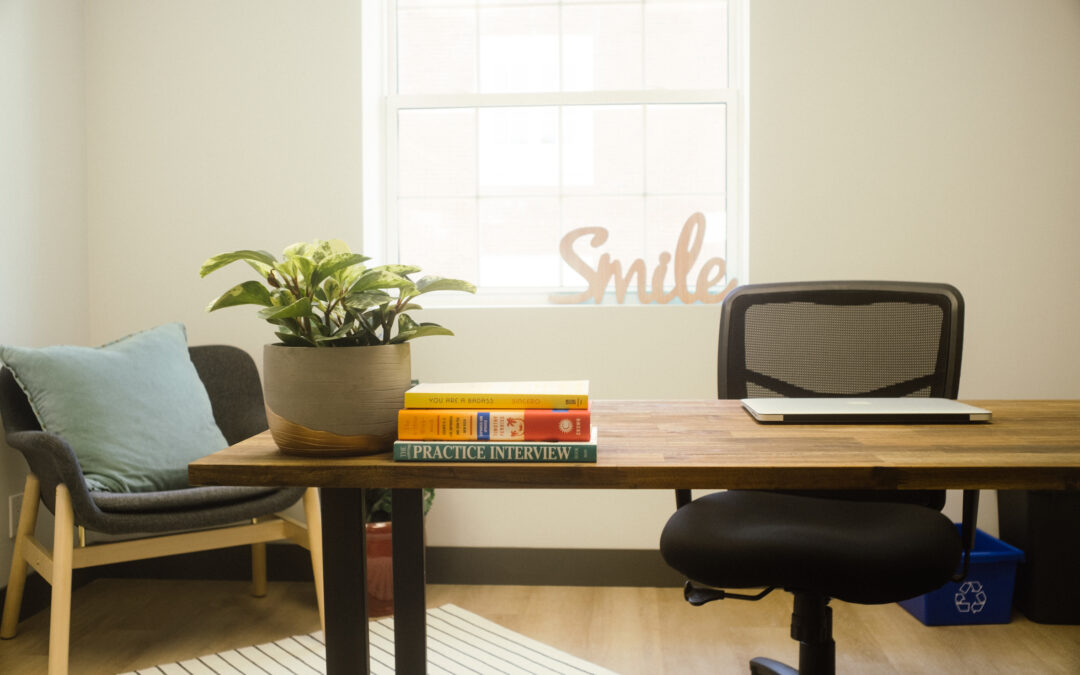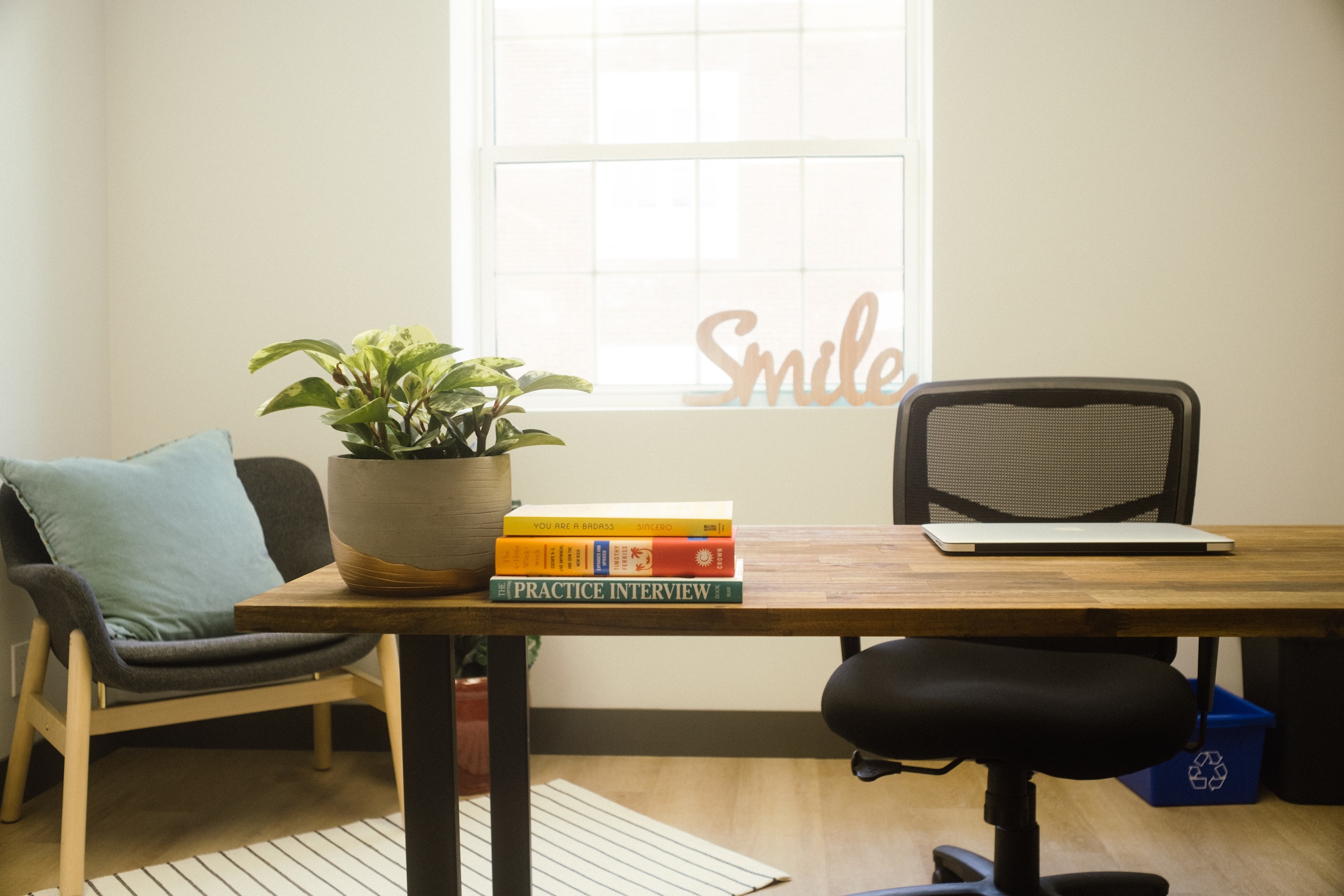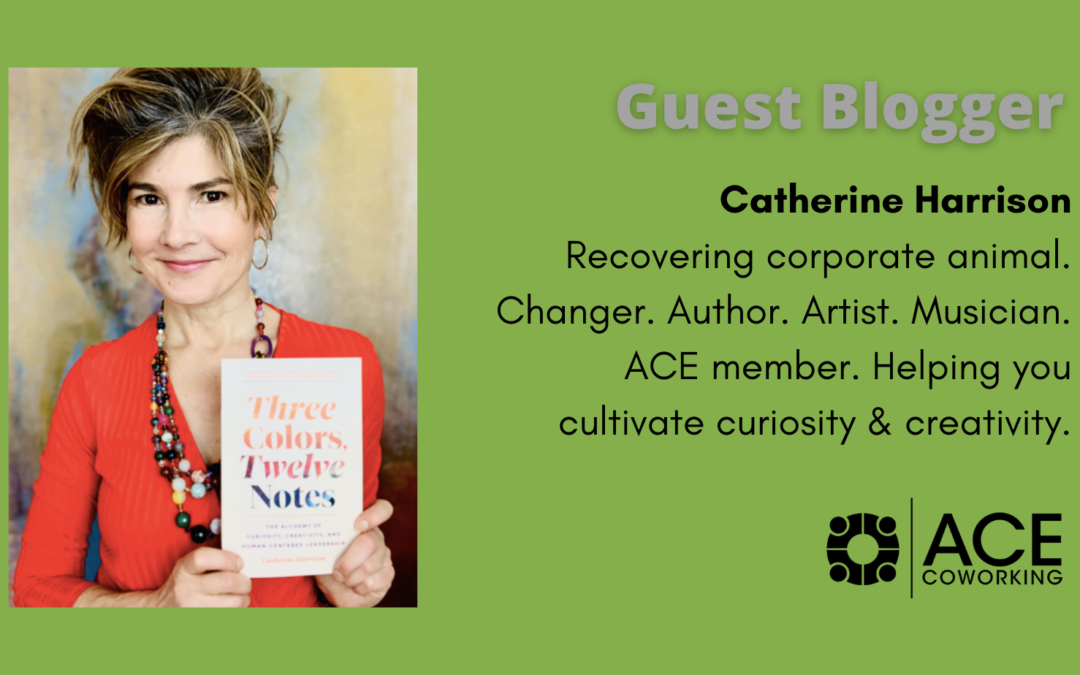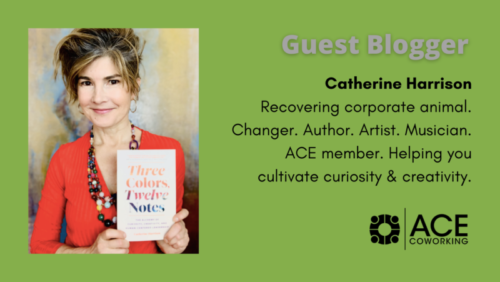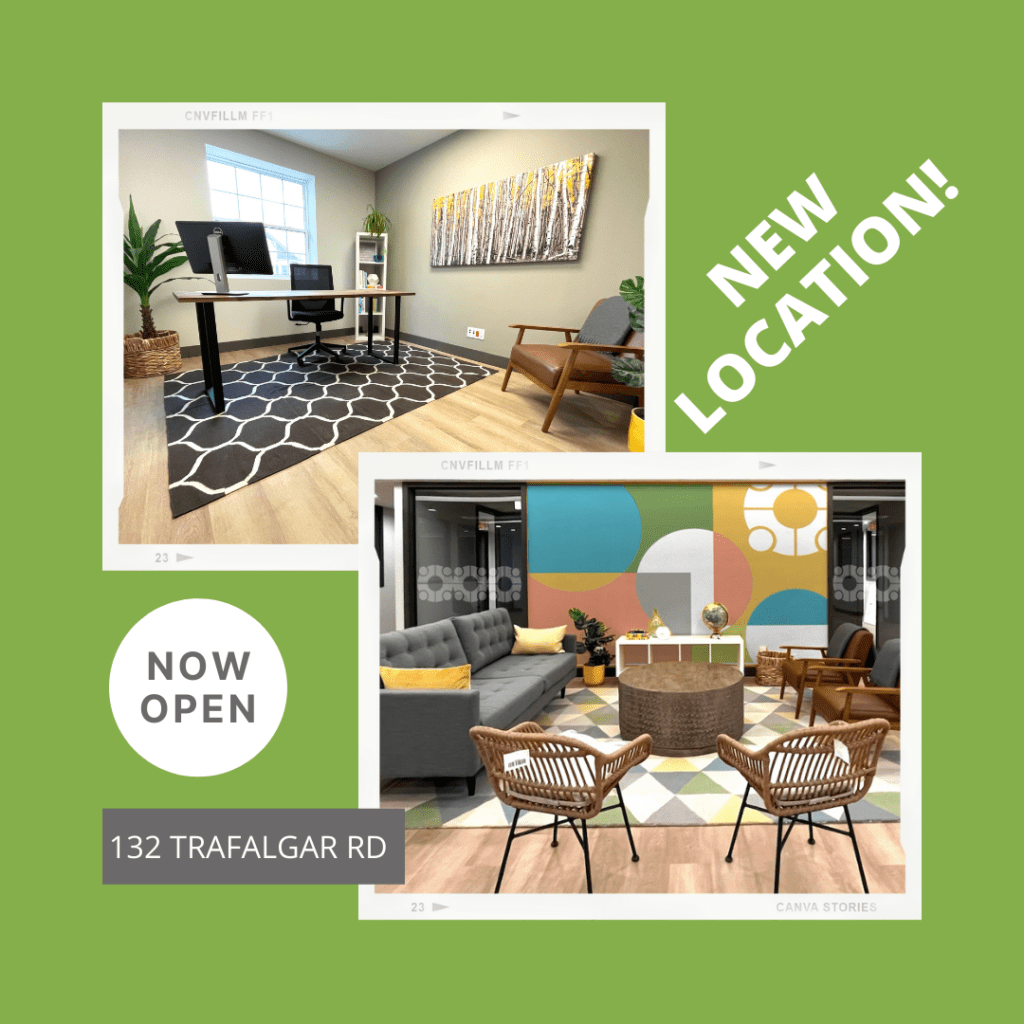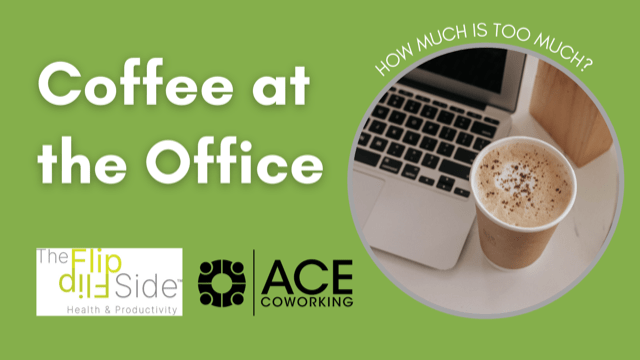
The Scoop on Coffee in the Office
One the things our members love most about the ACE Office “freebies” is our excellent coffee from Oakville’s Firebat Coffee Roasters. But some of us hit the café area with more frequency and urgency than others. It got us wondering: is there such a thing as too much of a good thing when it comes to caffeination?
We decided to check in with our resident health & wellness experts at the The FlipSide to explain the pros and cons.

The Good News
You may think that the biggest benefit of drinking coffee is the jolt of energy it gives you, but did you know it also provides a nice dose of fibre and a boost to your cells?
According to Dr. Tim Spector, a cup of coffee has more fibre than a glass of orange juice (1.5 gm per cup of coffee vs 0.7 gm in same amount of OJ.). For many adults, coffee represents the main source of dietary fibre. The recommended daily intake is 28 grams of fibre, but definitely don’t drink 18 cups to get there!
The main source of nutrients for your gut bacteria is found in fibre, so your morning cup can be a very good thing – especially when you consider the fact that coffee is rich in a particular type of fibre that highly specialized microbes in your gut feed on exclusively.
Coffee also has a high concentration of polyphenols: compounds found in plants that impact our health positively. They play a major role in giving plants colour, favour, and micronutrients. Consuming plants high in polyphenols protects us against heart disease, regulates blood sugar, reduces the risk of type 2 diabetes, and slows the visible signs of aging.
Caffeine Fix vs Decaf
In nature, caffeine is an insect repellent created by plants for self-protection. In humans, caffeine acts as a psychoactive stimulant drug by activating an adrenaline delivery system to help enhance alertness, focus, concentration, and mental and physical performance. It takes 20 minutes to feel the jolt, and 5 to 7 hours to feel the crash once 50% of the caffeine has worn off. Key point? Caffeine does definitely affect your brain and nervous system.
If you enjoy coffee but don’t want caffeine, decaf is an option. However, beware: “decaffeinated” does not mean “non-caffeinated.” The most effective processes can remove up to 99% of the caffeine, but many products still have an active range of 3-10% caffeine.
The quid about decaf is that if you want to get the benefits of the coffee bean (fibre and polyphenols), but less caffeine, seek high-quality coffee. Decaffeination changes the density of the bean, rendering a darker and shiny look. Decaf also goes stale more quickly; experts suggest buying decaf in beans and grinding it yourself. Decaf is nearly as healthy if polyphenols are retained, but more research is needed given that current studies lack big numbers.
Coffee and Sleep
Two factors determine your wake-sleep cycle. One is circadian rhythm. The second – the important when we consider coffee – is what Dr. Matt Walker calls sleep pressure. It goes like this: upon waking, sleep pressure molecules start building in our brains. If unaltered, this continues to happen naturally for 12 to 16 hours, building natural fatigue which later in the day will put us to sleep. (This is part of the melatonin release process.) Caffeine has the power to artificially pause and modify this natural brain pattern.
Let’s explain with an example. Imagine your brain is a large empty theatre. Every morning, upon waking, the theatre opens its doors and sleep pressure molecules start coming in, slowly, occupying the seats, one by one. After a coffee, the theatre doors slam shut: no more sleep pressure molecules can enter to take a seat. But here’s the thing: sleep pressure is still lined up outside, waiting. While the doors are closed, you feel like a star on stage, performing full of energy and focus… until about 5 to 7 hours later when the caffeine starts to wear off. What happens then? The doors reopen and a crowd of sleep pressure molecules crash into the theatre, all at once. This is what we all know as the “caffeine crash.” This is also the moment when we think: “Oh, I need another coffee!”
And the process starts all over again.
What happens when we drink coffee later in the afternoon? At night, while trying to prep dinner or fall into a deep sleep, you get the crash of all those molecules trying to take their seats. If asleep, you may or may not wake up, but your brain will start a party for sure. Your sleep cycle will be interrupted, and you’ll wake the next morning fatigued feeling like you desperately need… a cup of coffee!
Moral of the Story
Coffee in and of itself is not a bad thing, in moderation. But beware if it’s become a crutch to make up for a lack of energy or continuous poor sleep, or the boost needed to hustle against time regardless of what your body is telling you. In the words of Dr. Spector: “if coffee damages your sleep, then all the benefits are irrelevant.”
Keen to learn more? Check out:
Podcast with Dr. Tim Spector: Is coffee healthy?
TedTalk with Matt Walker: How Caffeine Affects Your Sleep
Subscribe to The FlipSide newsletter or follow them @TheFlipSidePlan
ACE Coworking members, Rosana Fernandez and MV Anzola, are the co-founders of The FlipSide Plan. They are credentialed professional coaches known for designing, managing and delivering top-notch corporate wellness workshops and programs on health and productivity. Follow ACE Coworking & The FlipSide Plan on social media to stay up-to-date on our regular co-hosted Lunch & Learn Workshops, which you are welcome to attend!
If you’d like to get more inspiration and education from the staff and partners of ACE Coworking, sign up for our monthly newsletter. You’ll also stay up to date on the events we run and the amazing promotions we often offer!
